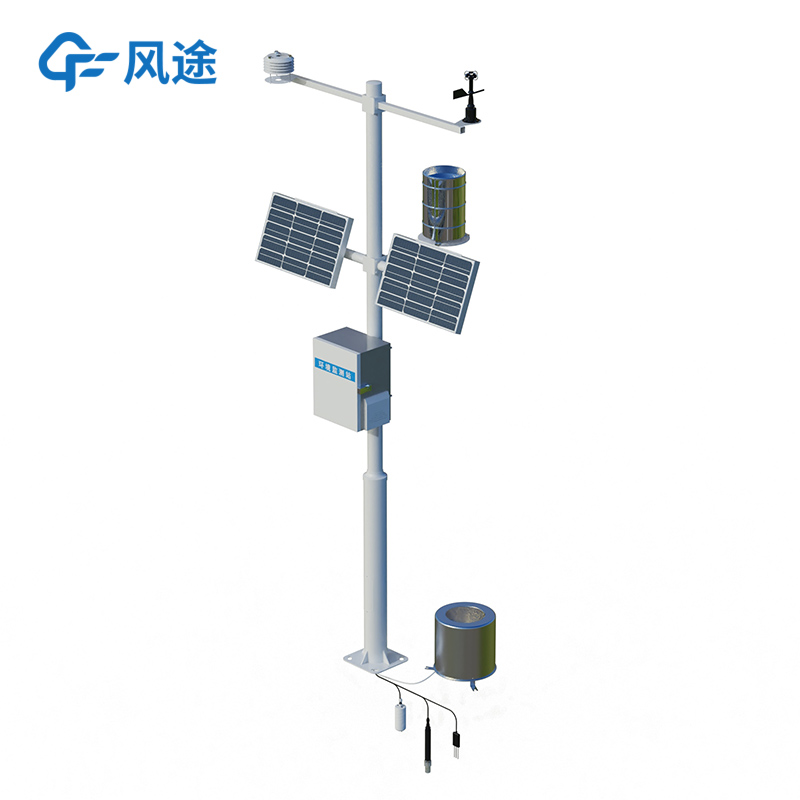In traditional perception, agricultural production is highly influenced by natural factors, and farmers often "rely on the weather for livelihood". However, with the rapid development of technology, this perception is being challenged. The application of Agricultural Weather Stations and big data technology is making farming more efficient and precise.
High-tech Composition and Monitoring Capabilities
Agricultural Weather Stations are high-tech meteorological observation devices composed of sensors, data collectors, communication interfaces, and system power supplies, featuring real-time monitoring and data storage functions. These devices can collect meteorological data such as ambient temperature, humidity, light intensity, rainfall, wind speed, wind direction, soil temperature and humidity, atmospheric pressure, and crop seedling images, completing a set of data collection and storage every minute. For example, a new plum planting base has deployed 38 intelligent agricultural meteorological automatic observation stations and 6 sets of farmland digital monitoring systems. Through the meteorological, soil moisture, and pest data transmitted by these devices, fruit farmers can clearly know when to water and fertilize the fruit trees.
Data Analysis and Practical Guidance
Data collected by microclimate observation stations, after analysis by big data technology, provides practical guidance for agricultural production. Based on data such as temperature, humidity, and light intensity, combined with the growth habits of different crops, it can accurately calculate when to sow, irrigate, fertilize, and the specific dosage. In the past, farmers mostly relied on experience for watering and fertilizing, but now, relying on big data, farming management has become more scientific and precise. A farmland microclimate observation station in a certain village can automatically monitor temperature and humidity, ground temperature, radiation, soil moisture, pest conditions, etc., in real time. Farmers carry out farming based on these data with greater confidence, and local meteorological departments can also analyze the microclimate environment to provide farmers with appropriate production management suggestions.
Enhanced Efficiency through Integration
The combination of Agricultural Weather Stations and big data has substantially improved agricultural production efficiency. In the past, flood irrigation not only wasted water but also affected crop growth. Now, based on soil moisture and crop water demand laws, big data analysis enables precise irrigation, saving water and ensuring good crop growth. In modern greenhouses, the Internet of Things and big data automatically adjust temperature, humidity, light, carbon dioxide, etc., to create the optimal growth environment for vegetables. Only in terms of watering and fertilizing, the labor cost per mu can be significantly reduced. Moreover, through real-time monitoring and analysis of meteorological data, natural disasters such as heavy rain, drought, and frost can be predicted in advance and early warnings can be issued. A microclimate observation station in a certain city once monitored low-temperature weather and timely reminded fruit farmers to pollinate fruit trees, successfully avoiding economic losses of nearly 2 million yuan.
Synergy Driving Agricultural Modernization
On the path of agricultural modernization, Agricultural Weather Stations and big data technology complement each other, helping agricultural production transform from extensive to precise. It can be proudly said that farming with big data has maximized efficiency!

Article address:https://www.sqqx.net/en/news/679.html

 +86 15898932201
+86 15898932201



